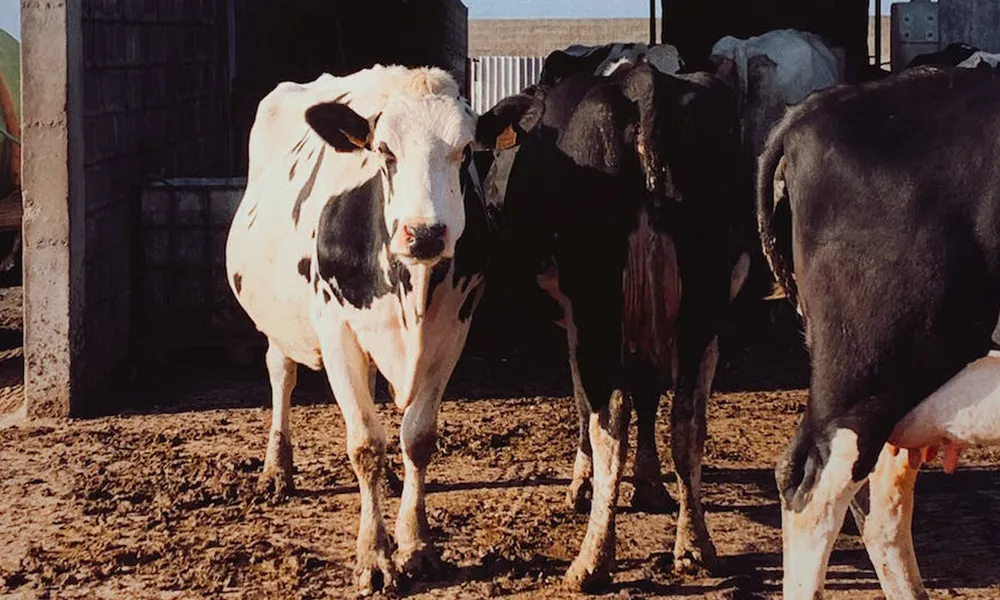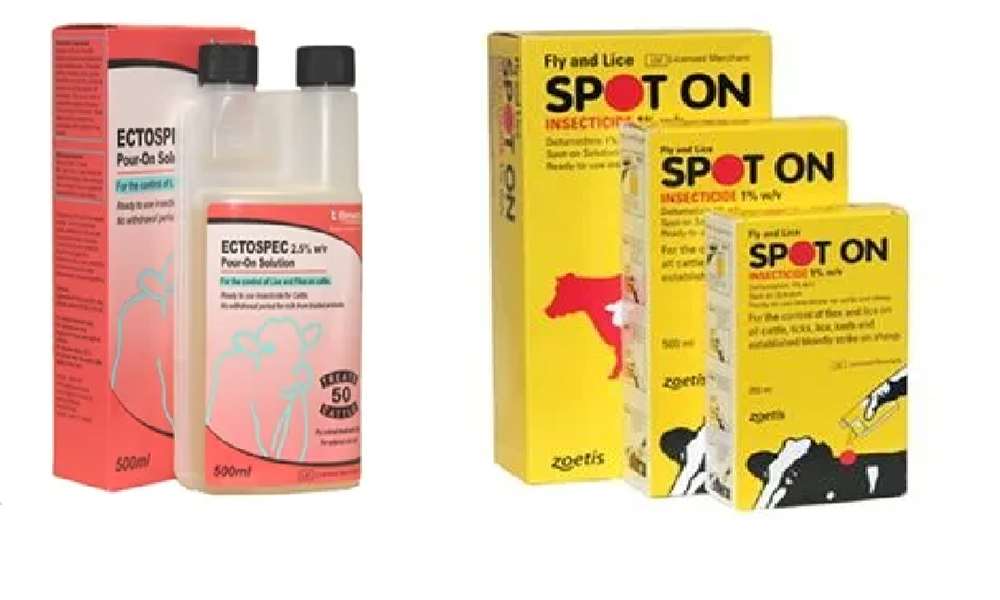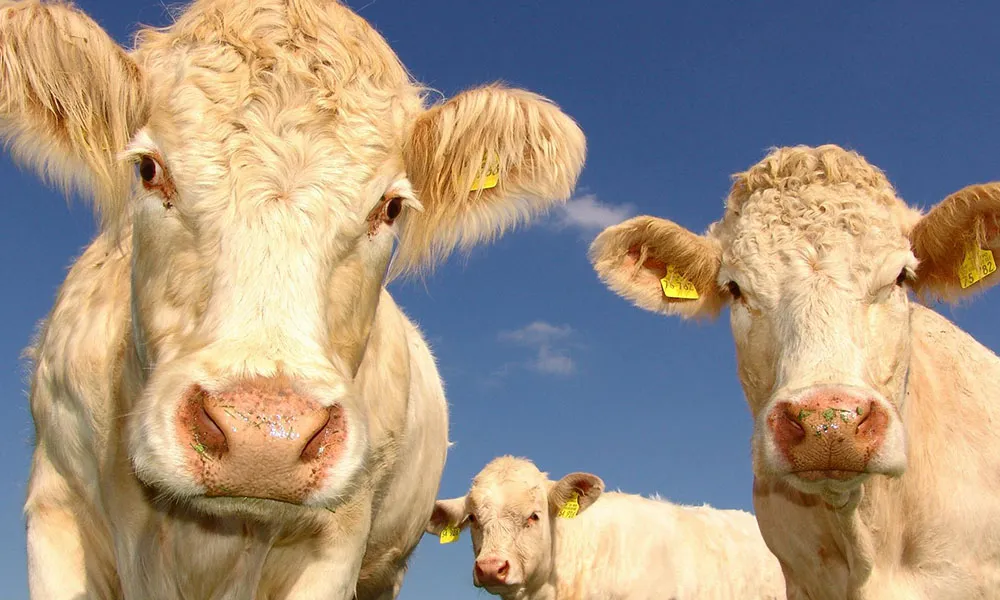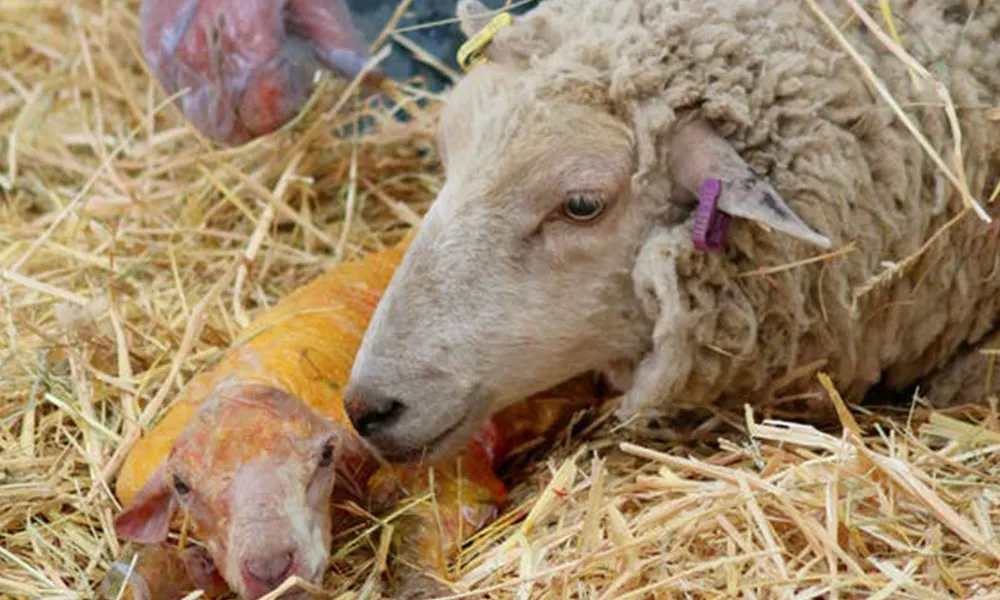
With cattle housed at this time of year, lice infestation is a concern that should not be overlooked. While an infestation is not going to prove fatal, lice are a serious irritant and are very damaging to a cow’s overall health. Lice cause intense itching and skin damage, which will ultimately reduce your herd’s productivity and decimate farm revenue. Therefore, it is essential that we identify the threat early and treat accordingly.
Why winter?
Lice are usually most prolific during the winter months. This is because cattle’s hair is usually much longer in the cold weather, providing a perfect hiding place for the parasite. During the summer months, when animals have a shorter coat, lice tend to burn under direct sunlight.
Lice cannot survive without a host for longer than a few days.
The lifecycle of lice
The lifecycle of this pest is relatively straightforward. Adult lice make their way onto a cow’s hair, then burrow down towards the skin where they lay their eggs. Once the eggs hatch, the nymph lice grow quickly, passing through several stages of development before reaching the adult stage.
The process can continue like this indefinitely, with huge numbers of lice proliferating on an animal’s skin, causing unbearable itching and skin damage. When this happens, treatment becomes a moral duty on the part of the farmer.
Lice: Signs and Symptoms
The key symptoms of lice infestation are quite distinctive. Typically, animals suffering from lice will exhibit hair loss and inflamed, itchy skin. You may notice cattle rubbing against farmyard gates or straining to lick themselves. As the infestation grows more severe, cattle may start to show signs of anaemia. In some animals, most notably in younger cattle, pale gums are a clear indicator of anaemia, which may result from a lice infestation.
Treatment
There are two types of lice – biting lice and sucking lice. While some treatments may only treat one species, most effective treatments will work on both. Below is a short description of some of the best lice treatments on the market.
Dectospot
Dectospot is an excellent choice for treating lice. It is licensed as a topical application for the control of skin parasites on both cattle and sheep. Importantly, it is broadly effective against both types of lice, and will also treat blowfly and tick infestation in the summer. The active ingredient in this product is deltamethrin, which is one of the most reliable and safest to use insecticides in the world.
Dectospot has a 17 days withdrawal period for cattle intended for meat or offal, zero hours for cattle producing milk for human consumption, and 35 days for sheep intended for meat or offal. Sheep farmers should note that this product is not permitted for use on sheep producing milk for human consumption.
Spot-On
Another effective treatment for lice is Spot-On. This insecticide is highly effective against both types of lice, and can also be used to treat keds and blowfly in sheep. As with Dectospot, the active ingredient in Spot-On is deltamethrin.
Spot-On has the same withdrawal specifications as Dectospot (above).
Imec
Imec is something of an old reliable for many cattle farmers. This pour-on is used for the treatment and control of gastro-intestinal nemotades, lungworms, warbles, chotioptic and sarcoptic mange mites, as well as sucking and biting lice. It is made specifically for beef and non-lactating dairy cattle.
The active ingredient in Imec is Ivermectin. It has a withdrawal period of 31 days for animals intended for meat and offal, and is not permitted for use on animals producing milk for human consumption.
Ectospec
Cypermethrin-based products are also highly effective at treating lice, as well as a variety of biting flies. One of the most appealing aspects of Ectospec is its short withdrawal time. In contrast to the other products mentioned above, Ectospec’s withdrawal periods are 10 days for meat and zero days for cattle.
In the case of milking cows, it should be administered after milking. Cattle can be milked again at the next milking.











